The John Murray Archive: Pioneering British publishing
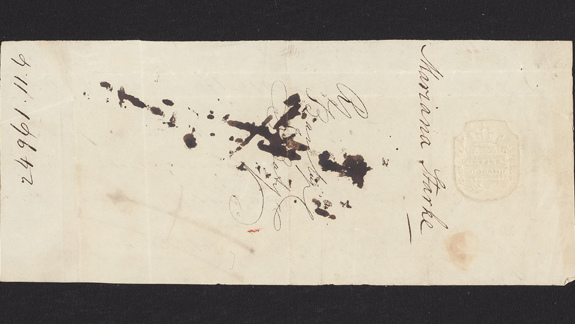
Introduction
How did the publishers John Murray start?
In 1768, John McMurray assumed control of William Sandby's bookselling operation at 32 Fleet Street, London. An Edinburgh native, he had no prior experience in the book industry. Amidst common anti-Scottish sentiments in London, he chose to drop the "wild highland Mac" from his surname. John Murray launched his bookselling and publishing venture on October 20th. This day marks the beginning of what would become a distinguished British publishing legacy, still celebrated over 250 years later.
Who was John Murray I?
Later known as John Murray I, he was a former marine and avid drinker. He was well suited for the vibrant and precarious world of late 18th-century publishing and bookselling. He published roughly 1,000 titles and acted as the sole publisher for over a third of those.
The impact of the John Murray publishing house
From the late 18th to the early 21st century, and over seven generations, the Murray family guided the firm's evolution. They published works by luminaries like Charles Darwin, Jane Austen, David Livingstone, Austen Henry Layard, and Lord Byron. They also created the 'Handbooks for Travellers' series. Through all of these, John Murray's publications significantly helped to shape the modern world and the way in which we see ourselves.
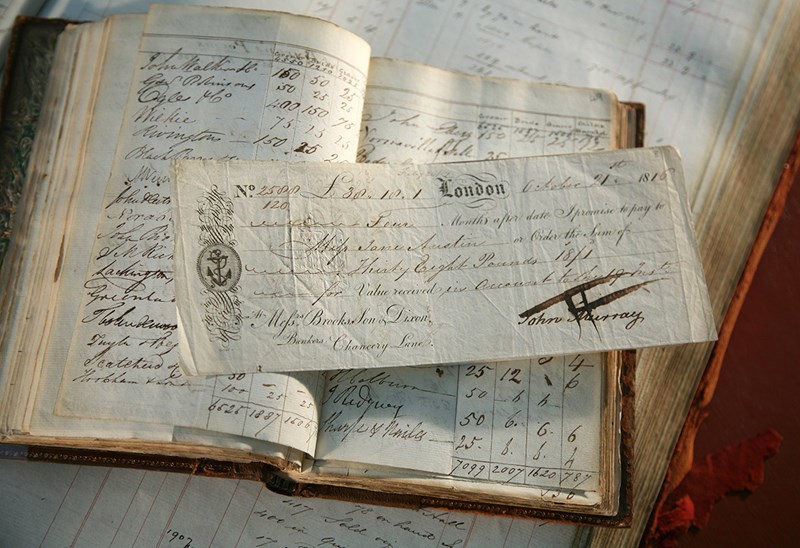
Preserving John Murray's legacy
In 2002, John Murray VII sold the world's oldest independent family-operated publishing house. Following this, the National Library of Scotland acquired the John Murray business archive, spanning 1768 to 1921. This was possible with support from the Scottish Government, the Heritage Lottery Fund, and a campaign led by Lady Balfour of Burleigh, bolstered by numerous donations.
Over the last 12 years, additional items have been added to the archive. These include John Murray III's travel journals and materials related to the Quarterly Review. The Library also received business records for books published post-1921, offering a comprehensive view of the firm's adaptation to 20th-century publishing dynamics and technology.
The most recent addition to the archive are the papers of John 'Jock' Murray VI, documenting both his personal friendships and professional relationships with authors, artists, thinkers, and other significant cultural figures of the 20th century.
Access to the archive for all
The John Murray Archive was integrated into the Library in 2006. It has since enlightened, amused, and inspired countless scholars and interested individuals through talks, events, publications, and a decade-long exhibition. The archive's accessibility has spurred extensive research, yielding numerous publications on subjects from travel literature to Murray's ties with Benjamin Disraeli and Lord Byron. It also inspired artistic interpretations, such as Hugh Buchanan's watercolour studies showcased at the Library in 2015.
At the time of writing, we are still in the process of cataloguing and conservating parts of this large and important collection.
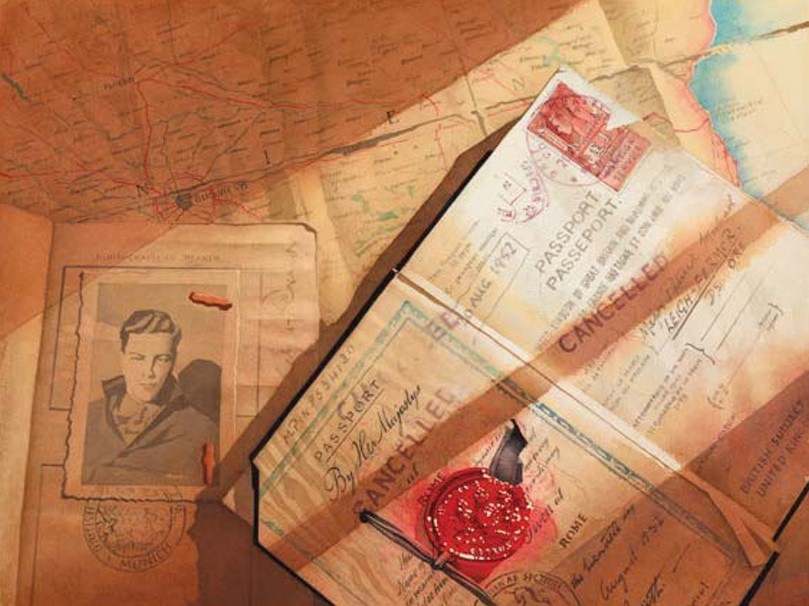
Conserving the archive
Significant conservation efforts have been made to preserve the archive. Ongoing work includes ensuring all documents are preserved and accessible. We are committed to unveiling the archive's wealth of knowledge to the public.
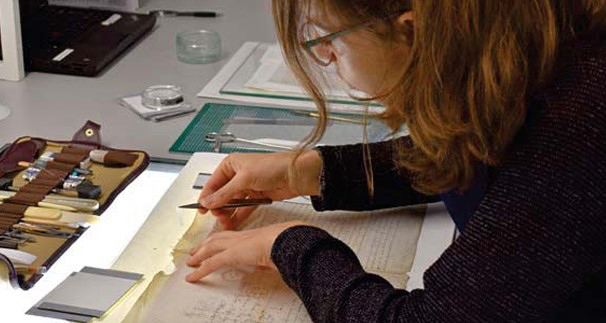
The future of the John Murray Archive
The John Murray Archive stands as a testament to the enduring impact of British publishing on culture and knowledge. We at the Library are eager to unlock its potential, sharing its treasures with a global audience and fuelling scholarly discovery for generations to come.
About the author
Kirsty McHugh is the Curator, John Murray Archive & Publishers' Collections at the Library. Kirsty's research interests are in social and cultural history, in particular travel writing, manuscript and print culture, reading and publishing history.
Dive deeper
John Murray Archive in our catalogue
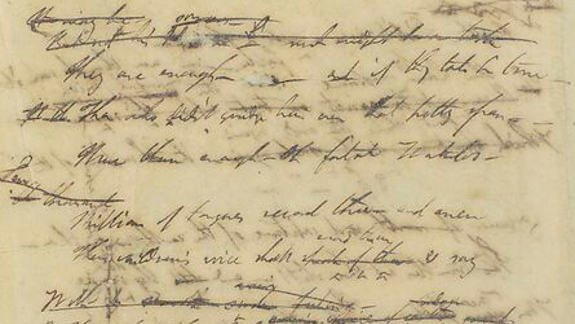
Isabella Bird's photographs
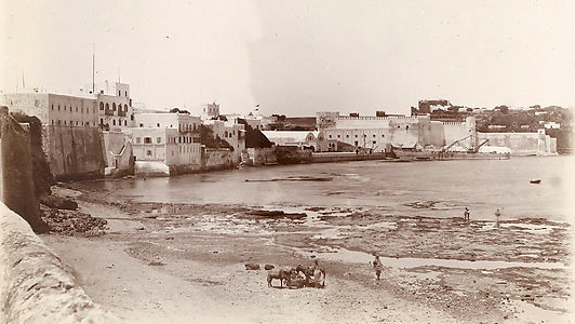
Paddy Leigh Fermor's diary
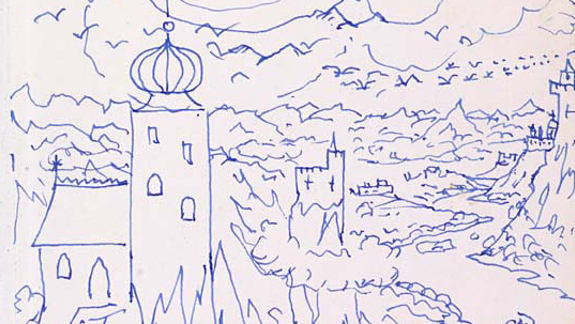
Discover magazine
This article was originally published in our 'Discover' magazine, issue 39, winter 2018.

